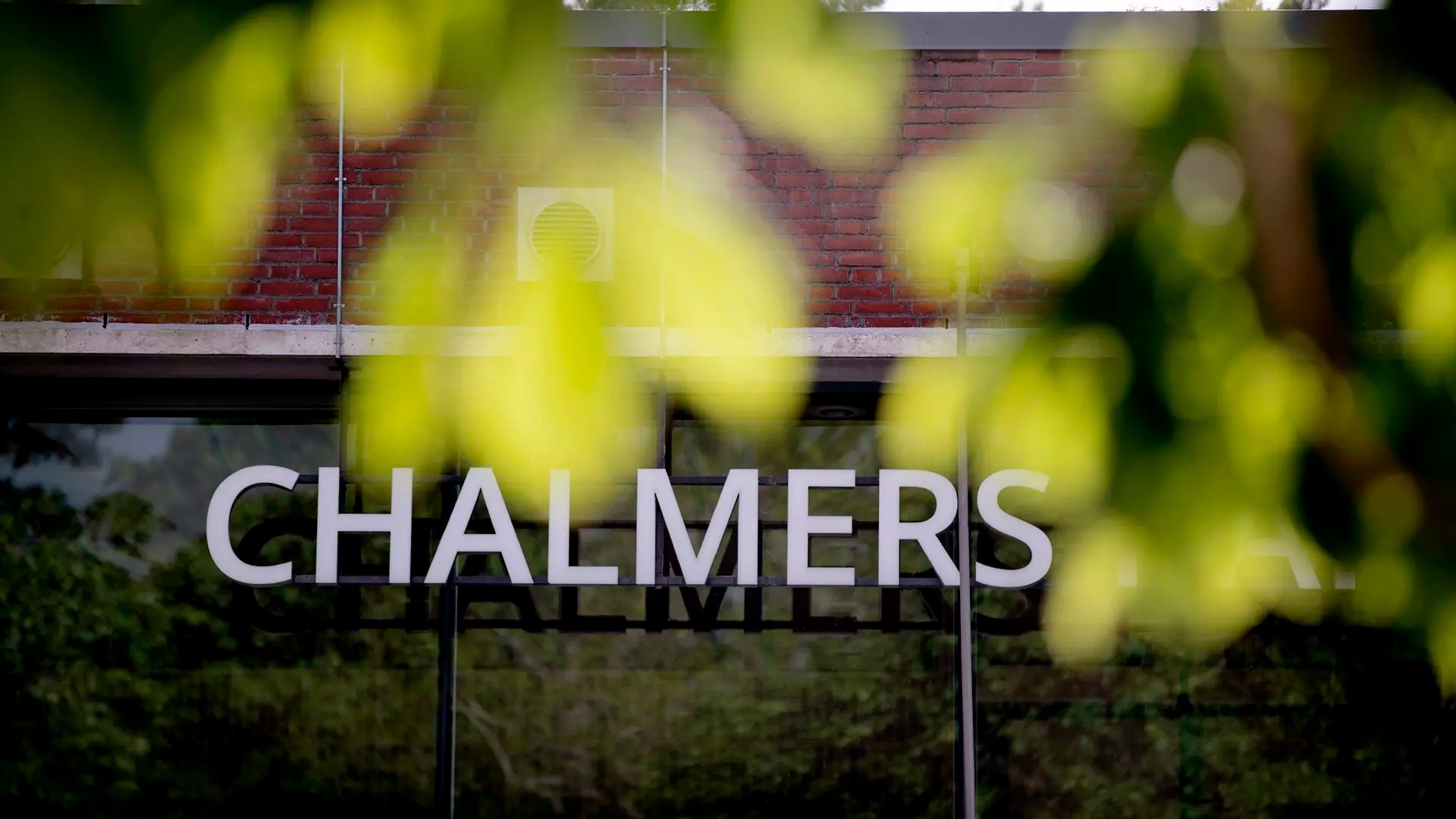Fibre-optical communication has a profound impact on our society. Optical networks are essential for the Internet, and will indirectly help enable better use of our finite energy resources and democratize the world. The global data traffic is moving exclusively through optical fibres and the data centres delivering content to users each contain 1000s of km of fibres. Today’s fibre networks will, however, within some years be insufficient to satisfy the rapidly increasing needs and simple upscaling of existing solutions will be neither cost efficient nor energy efficient. Thus, novel and often cross-disciplinary R&D approaches will be needed.
The research at Chalmers in the area of fibre-optical communication is since May 2010 organised in a formal Chalmers Centre of Excellence, named FORCE. The purpose is to coordinate and provide visibility of our research, both internally, nationally and internationally. The research in FORCE is broad in scope and covers fundamental theory as well as experiments on devices, components, systems and networks. The centre currently comprises a team of approximately 40 researchers from five research groups.
FORCE was established based on the successful collaboration among groups from two departments at Chalmers (Microtechnology and Nanoscience and Signal and Systems), and later, in 2014, expanded with the addition of one more department (Computer Science and Engineering). FORCE is open to all with interest in fibre-optical communication and new expertise will be needed as the centre evolves over time. Thus, with this complementary expertise within Chalmers, we can collaboratively address truly cross-disciplinary challenges with application-specific targets.
- FORCE covers both industry-oriented and long-term academic work
- FORCE spans the whole range from theory to experiments, from components to systems
- FORCE is a platform for innovation and entrepreneurship
- FORCE is a meeting place for students/researchers and industry
The research conducted in FORCE currently relies entirely on specific project funding from e.g. the Swedish Research Council (VR), the KA Wallenberg Foundation, the Swedish Foundation for Strategic Research (SSF), the European Research Council (ERC), and several EU projects.
Four ongoing research project examples are our KA Wallenberg funded project on “Energy-efficient optical communication”, our VR-funded projects on “Next frontier in optical communication: Space-division multiplexing” and “Adaptive optical networks: Theory and algorithms for system optimization” and our SSF-funded project on “Multi-Tbps optical interconnects”. Recently, we were also awarded a significant grant from VR to conduct more fundamental research on nonlinear parametric amplifiers and their applications, in a 10-year project starting in 2016.

People
Below you can find the FORCE staff.
Senior Researchers
- Erik Agrell
- Peter Andrekson
- Magnus Karlsson
- Per Larsson-Edefors
- Lars Svensson
- Alexandre Graell i Amat
- Victor Torres-Company
- Henk Wymeersch
- Giuseppe Durisi
- Herbert Zirath
- Christian Fager
- Lena Wosinska
- Marija Furdek Prekratic
- Paolo Monti
- Christian Häger
Postdoctoral Researchers
- Rasmus Larsson
- Erik Börjesson
- Ruwan Udayanga
- Junda Chen
- Zhirong Chen
- Han Cui
PhD Students
- Muhammad Bilal Aziz
- Hans Kaimre
- Vijay Shekhawat
- Carmen Haide López Ortega
- Zicong Jiang
- Alireza Pourafzal